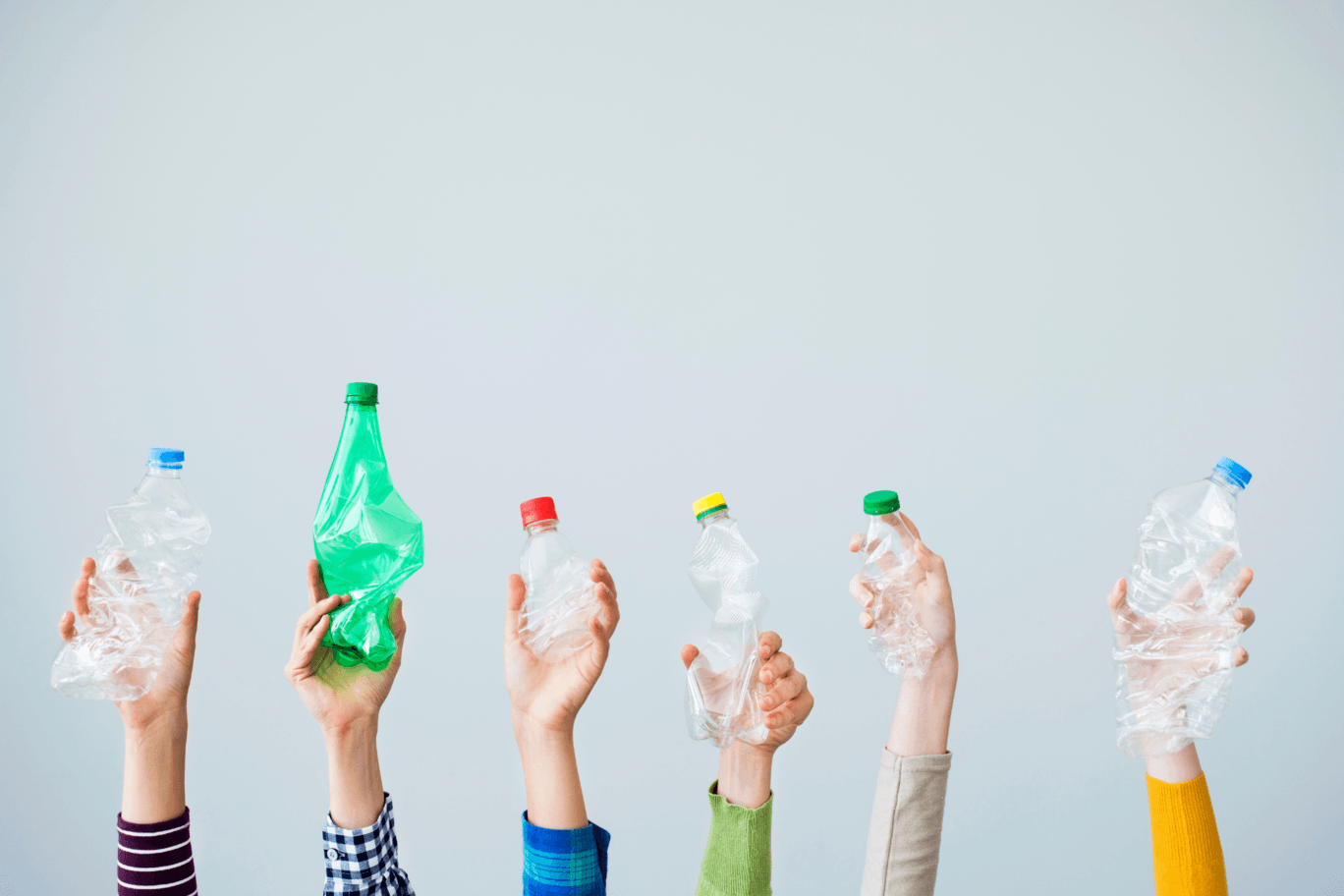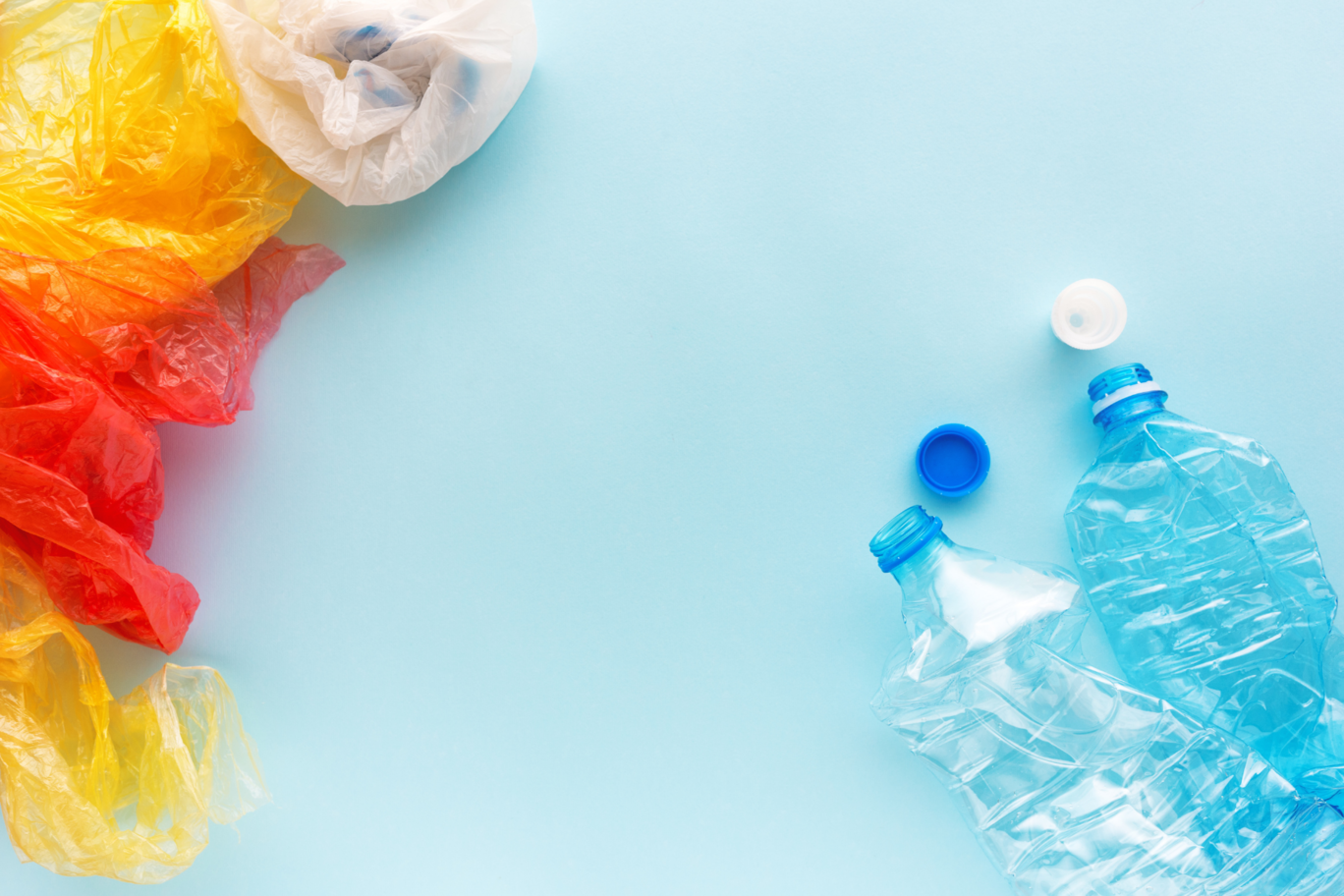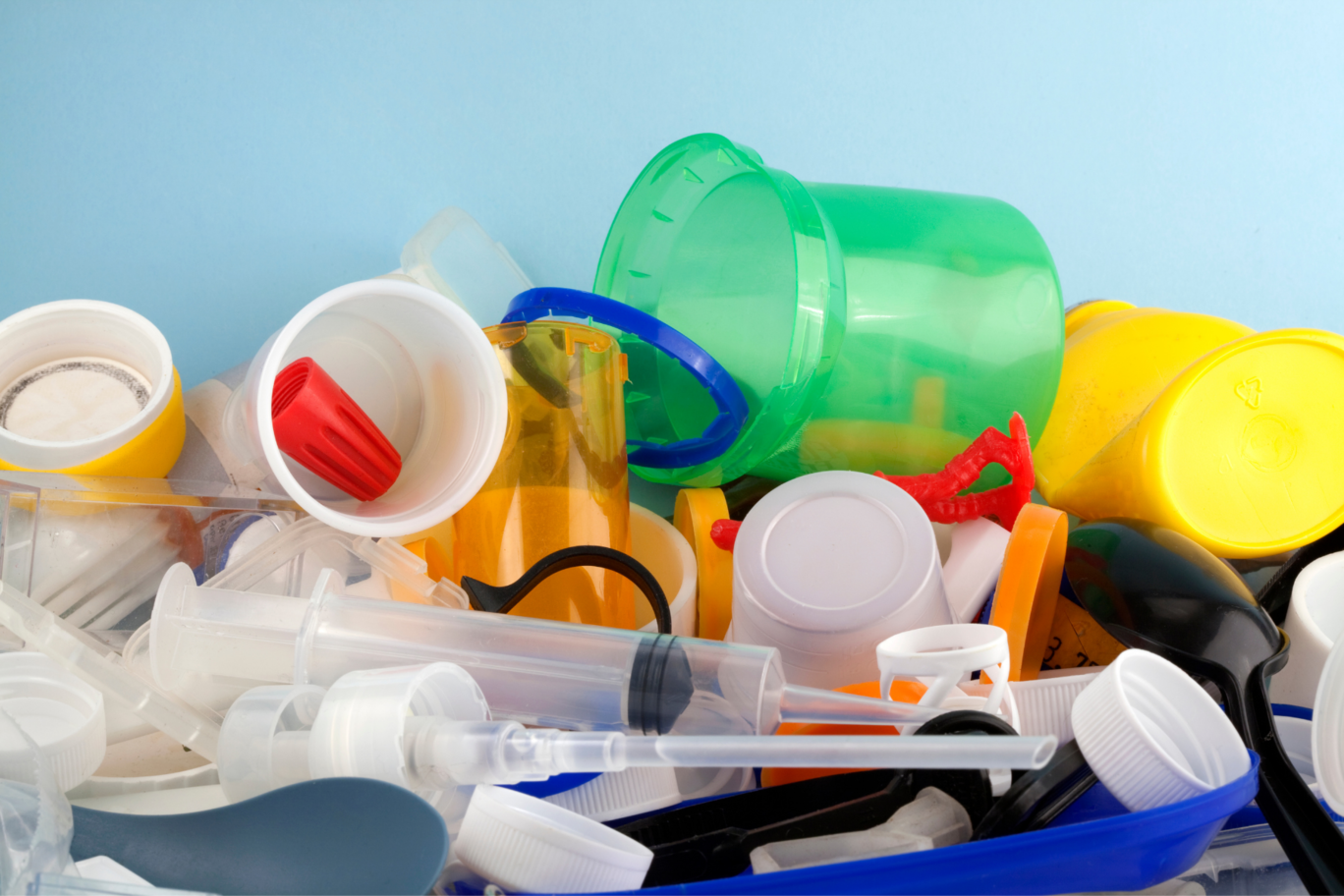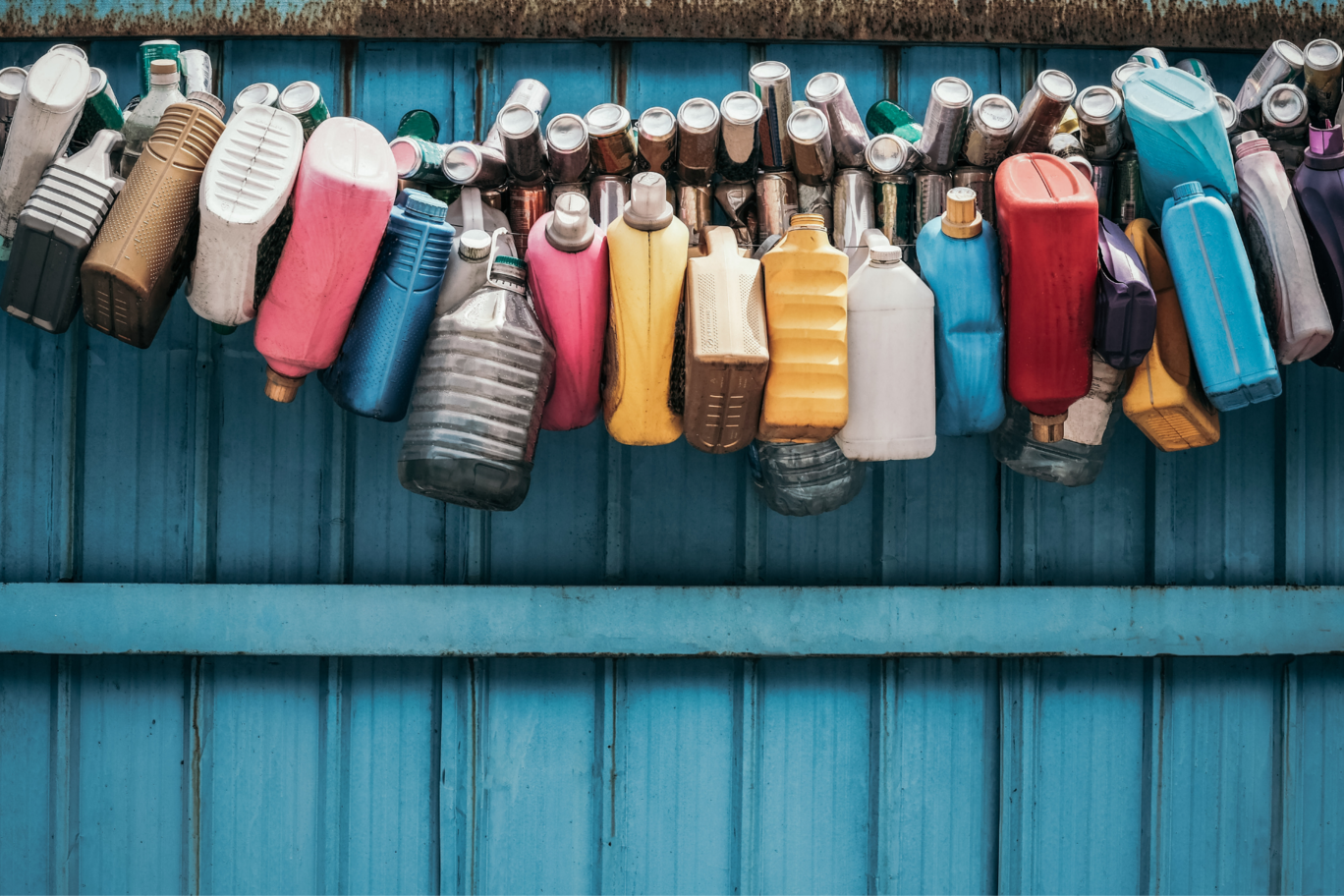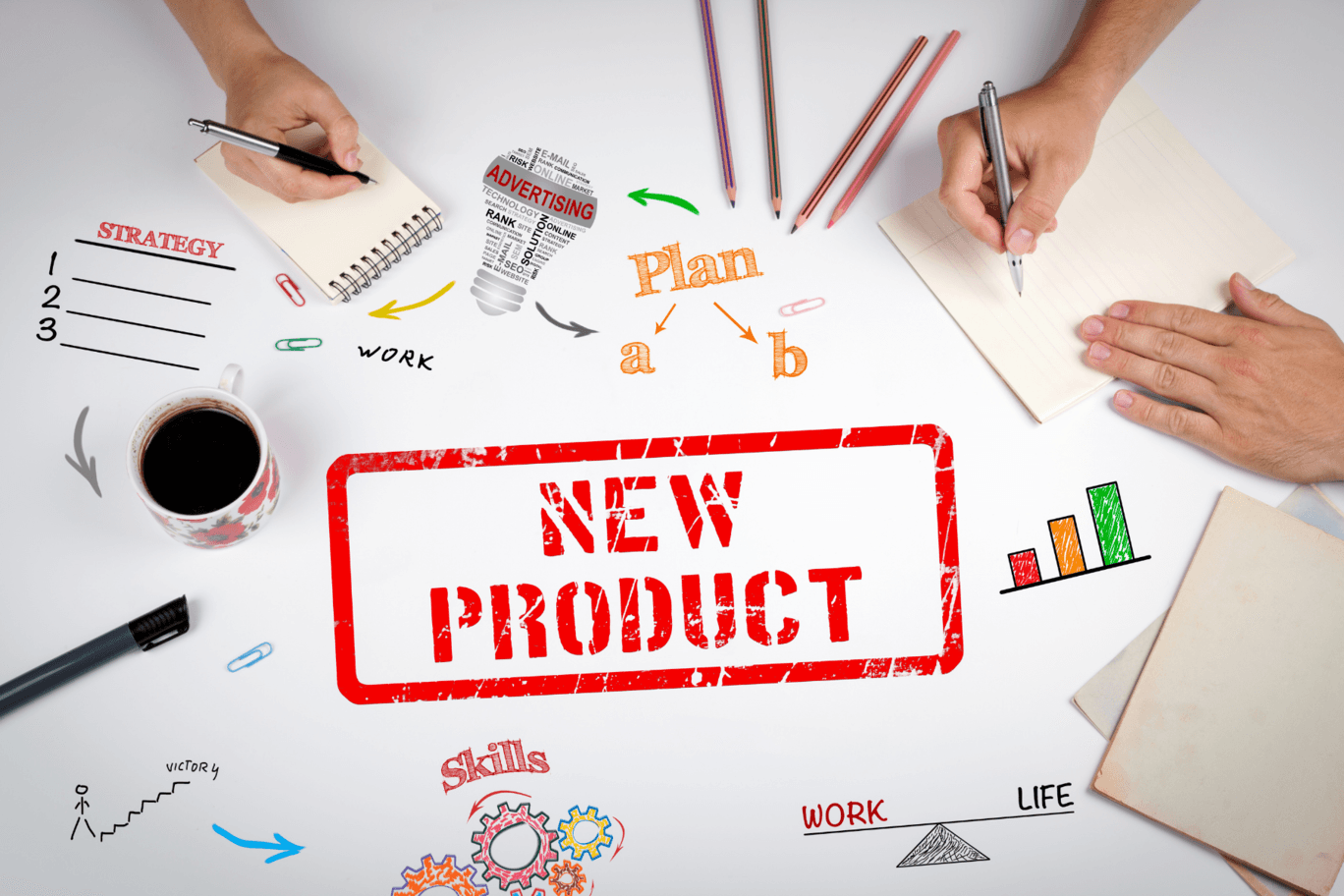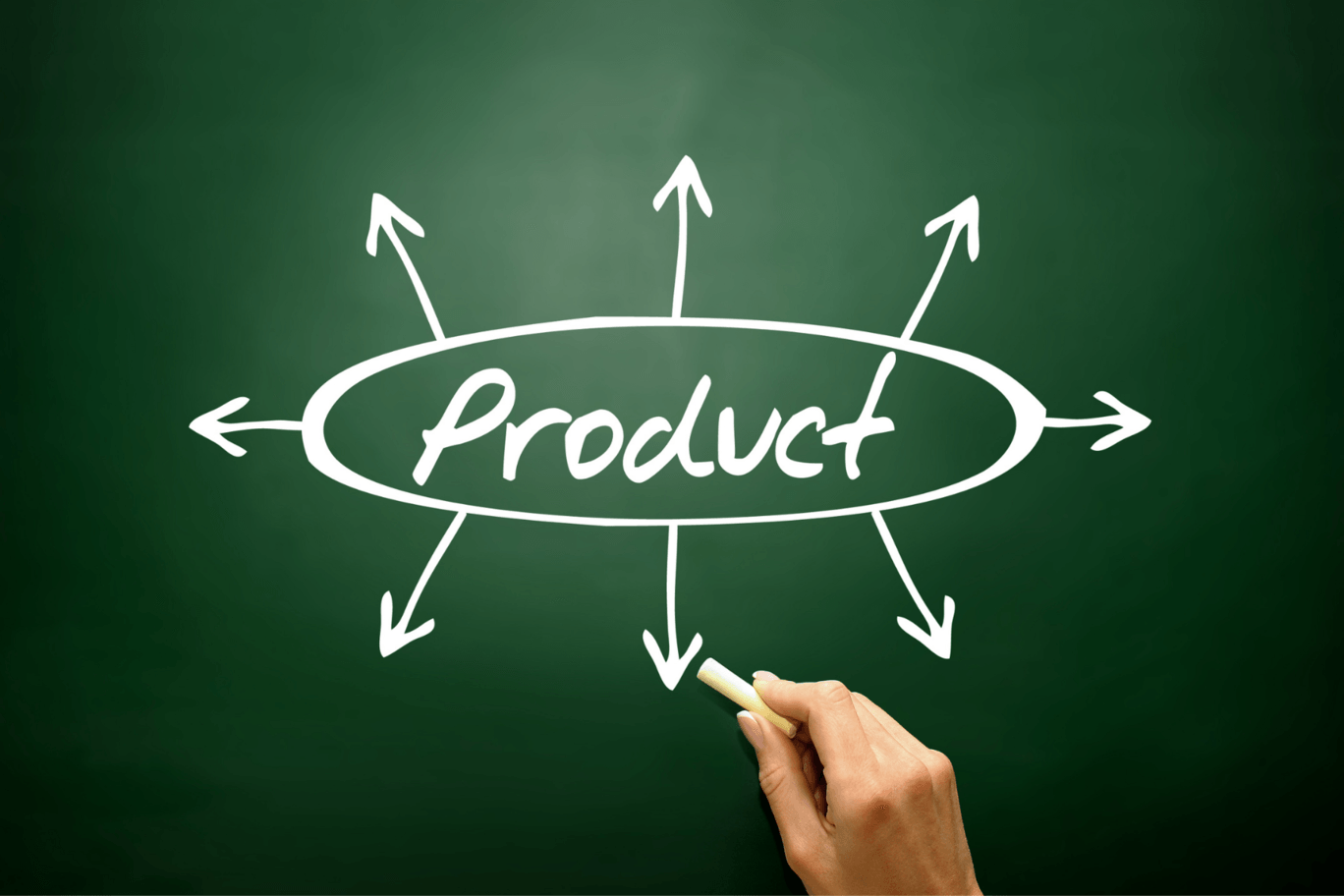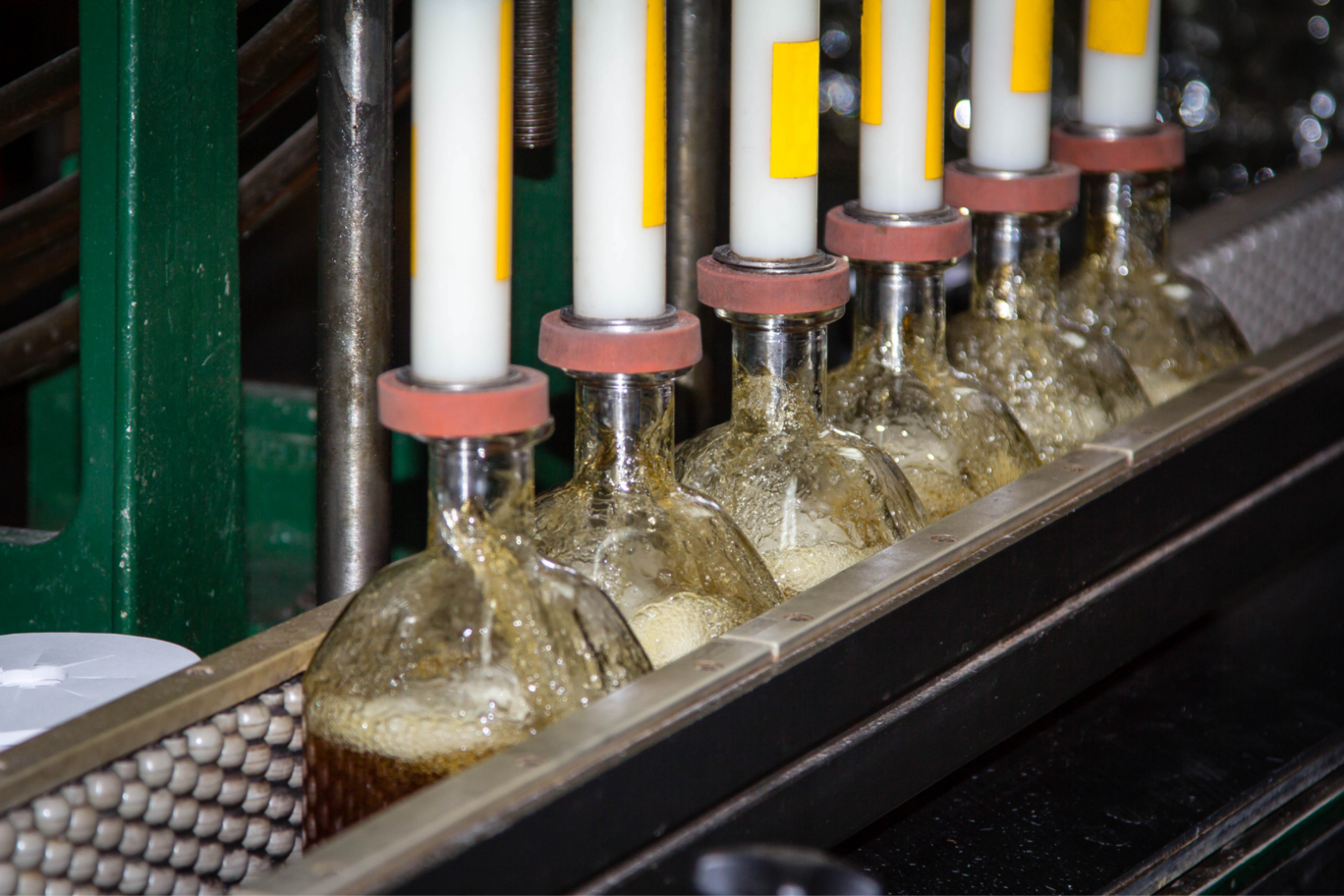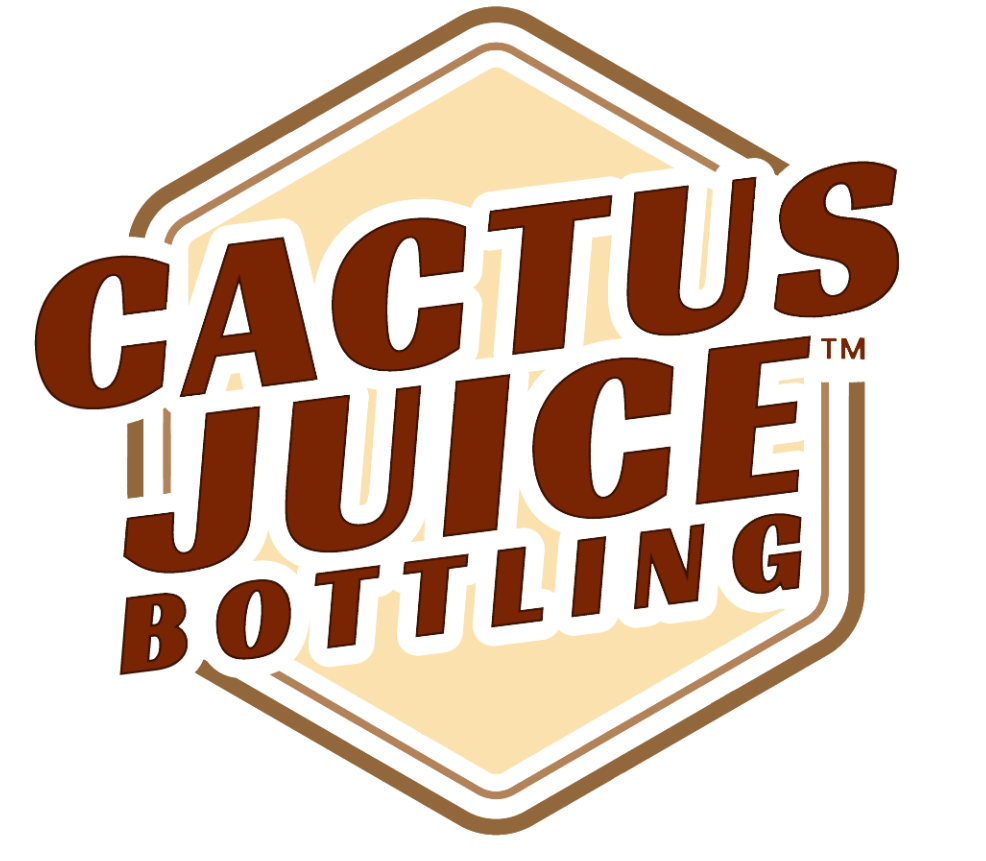Different Types of Plastic When Bottling Your Products
In today’s consumer market, we use plastic for just about everything. It’s one of the most versatile and dynamic materials known to man. In fact, we end up producing over 380 million tons of plastic worldwide each year -- with 40% of that being used for product packaging.
With that said, not all plastic is created equal. There are nearly a dozen different types of plastic that are utilized every single day and they each come with their own unique benefits -- as well as downfalls. Understanding the differences is important when packaging your products.
While most plastic can be recycled and reused, that’s not the case with all plastic materials. If you use the wrong plastic in your packaging, it could end up doing more harm than good for the environment. This could severely impact a consumer’s decision to invest in your product.
So, What Are The Different Types Of Plastics?
There are a number of different types of plastic available in the consumer world today. In fact, we continue to develop and produce new types of plastic every year in hopes of contributing to a healthier and more sustainable environment. The world of plastic material is always evolving.
Of course, there are several plastic materials that get a majority of the attention today -- including polyethylene terephthalate (PET), high-density polyethylene (HDPE), polyvinyl chloride (PVC), low-density polyethylene (LDPE), polypropylene (PP), and polystyrene (PS).
Don’t worry, we’re going to detail each type of plastic in more detail below, that way you understand the many uses of plastic and, of course, when not to use them. With a little bit of knowledge and effort, you can do your part in helping to build a more sustainable future.
Polyethylene
Terephthalate (PET)
Polyethylene terephthalate, also known as PET or PETE, is one of the most commonly-used plastic materials in the entire world. It’s known for its versatility and recyclability. PET is a general-purpose thermoplastic polymer belonging to the polyester family of plastic polymers.
PETE is widely used for water and soda bottles, salad dressing bottles, peanut butter and jelly jars, combs, carpet, tote bags, and medicine jars. They’re commonly recycled and repurposed for textiles, carpets, storage containers, sleeping bags, clothing, shoes, and much more.
High-Density Polyethylene (HDPE)
High-density polyethylene is another type of plastic that you see often in different kinds of bottled products. It’s a thermoplastic polymer that’s made of petroleum and is known for its versatility, tensile strength, strength-to-density ratio, high melting point, and high-impact resistance.
You’ll see HDPE being used for various food containers, milk jugs, shampoo bottles, soap bottles, grocery bags, juice containers, trash bags, detergent containers, and bleach bottles. It’s repurposed into plastic crates, fencing, and lumber thanks to the work of recycling programs.
Polyvinyl Chloride (PVC)
Polyvinyl chloride (PVC) is another popular type of plastic, but it’s slowly being replaced in today’s society due to environmental and health concerns. It’s a thermoplastic polymer that’s commonly used in sewage pipes, siding, detergent bottles, and other construction applications.
With that said, you’ll seldomly find PVC used with food or beverage packaging. It’s known to leach toxic chemicals and can emit bisphenol-A (BPA) into the environment. While there are several uses for this type of plastic, it’s normally best to avoid it when bottling your products.
Low-Density Polyethylene (LDPE)
Low-density polyethylene, also known as LDPE, is very similar to HDPE -- which we detailed above. They’re both made of the same polymerized ethylene molecules, but LDPE is more soft and flexible than HDPE. It’s also more transparent, but can be a bit more difficult to recycle.
You’ll find LDPE being used for things such as squeezable bottles (think of honey, condiments, etc.), container lids, various plastic bags, plastic wraps, sandwich bags, and other food storage containers. Though difficult to recycle, it can be repurposed for garbage cans and lumber.
Polypropylene (PP)
Polypropylene is a bit different from PET, HDPE, and LDPE. It’s known as a thermoplastic addition polymer that’s made from a combination of propylene monomers. It has a surface that’s more slippery and can be made into a livable hinge -- something that bends without breaking.
You’ll find polypropylene (PP) being used for the production of tupperware, prescription bottles, bottle caps, take-out containers, yogurt containers, and plastic diapers. Unfortunately, it can’t be recycled, but it’s known for its high heat-resistance, stiffer appearance, and strength quality.
Polystyrene or Styrofoam (PS)
Polystyrene (PS) used to be much more popular than it is today. Most of us know this type of plastic as styrofoam and it has a wide range of uses. It’s petroleum-based and is used for packing peanuts, plastic cutlery, plastic food boxes, disposable cups, packing foam, and more.
Unfortunately, styrofoam can’t be recycled and that’s a major reason why its use is starting to dwindle in today’s society. If you’re looking to bottle your product, it’s best to avoid polystyrene and search for a more suitable plastic material that fits your needs and appeals to the customer.
Other Types of Plastic Material
The plastic materials that we listed above are some of the most popular, but there are a wide range of other plastics that we haven’t mentioned. For example, you’ll also see polycarbonate (baby bottles), acrylic, fiberglass, nylon, polylactide, and butadiene being used in today’s society.
These types of plastics have their unique uses, but most of them aren’t recyclable and therefore shouldn’t be used when bottling products. There are better options available that are healthier and safer to the environment -- such as polyethylene terephthalate, LDPE, and HDPE plastics.
Which Type of Plastic Is Best for You?
Bottling your products is something that takes a fair amount of research and several important decisions. With so many different types of plastic to choose from, you have to make sure you choose the one that’s best for your company, your customers, and the environment as a whole.
Don’t worry, we’ve got you covered. At Cactus Juice Bottling, we have a world of experience when bottling plastic bottles and can help you determine which is best for your unique situation.
Contact us today to get started with the bottling process and learn more about what we can do for you.
Check out our article on
How to Start a Private Label Brand With Minimum Effort.
You might also like
Book a Service Today
We will get back to you as soon as possible
Please try again later
Looking for a FREE Estimate?
Fill out our form to receive your quote via email
All Rights Reserved | Cactus Juice Bottling | Privacy Policy | Terms of Service | Website & SEO By Iron Oak Marketing
